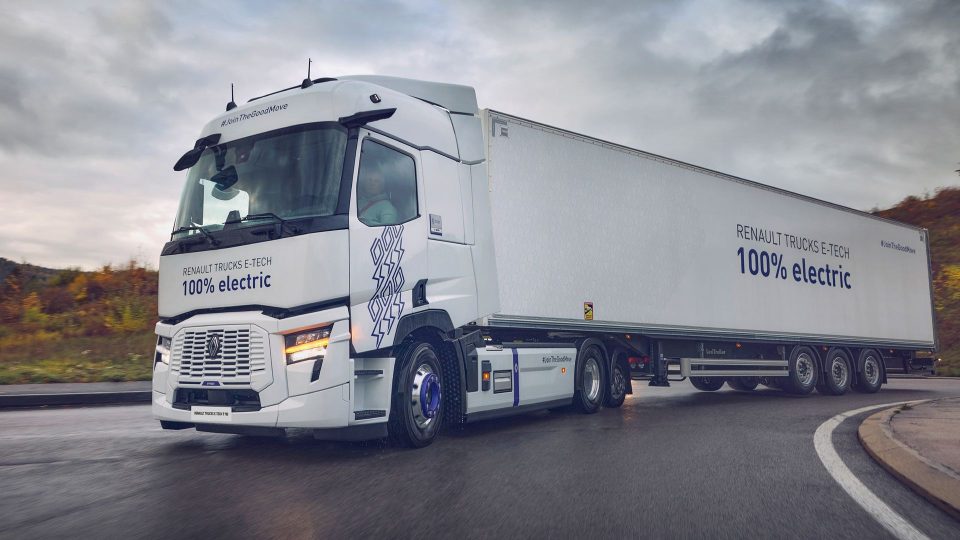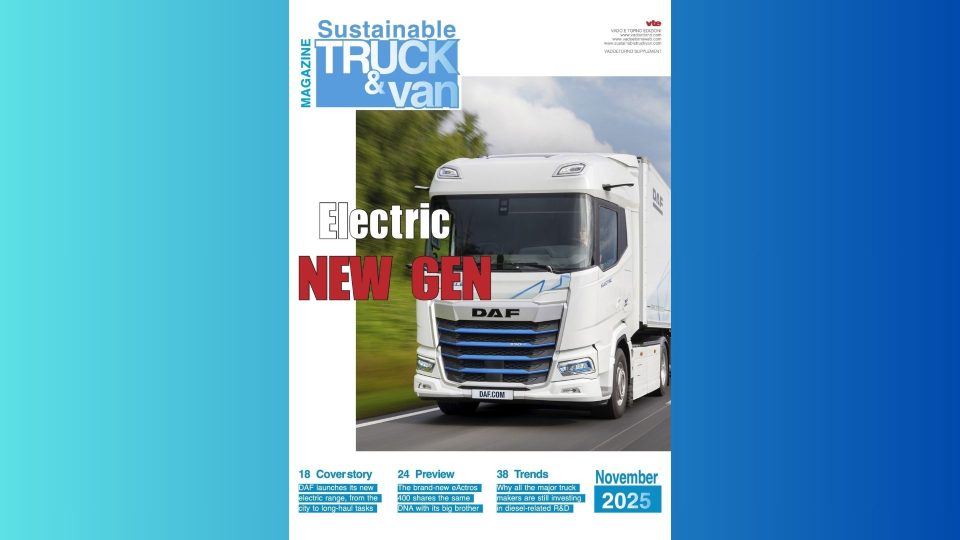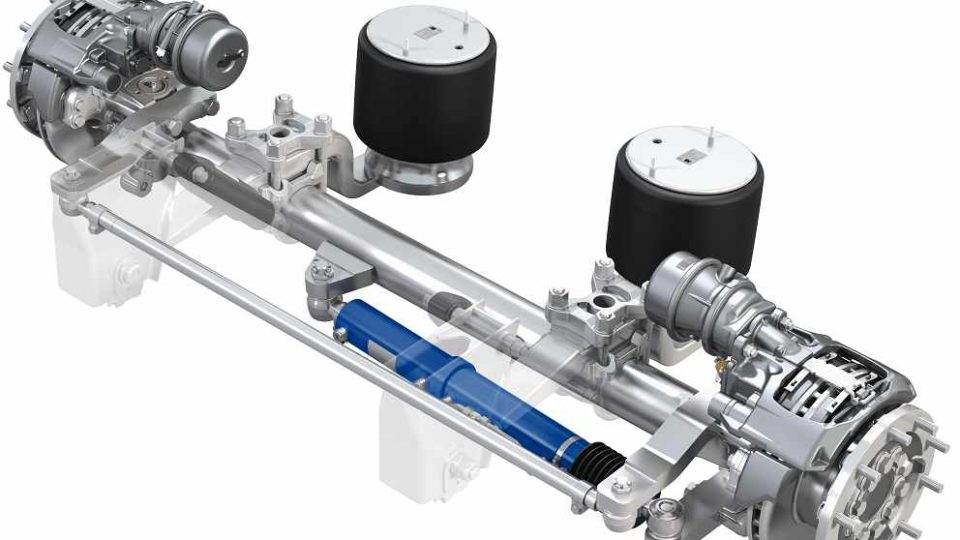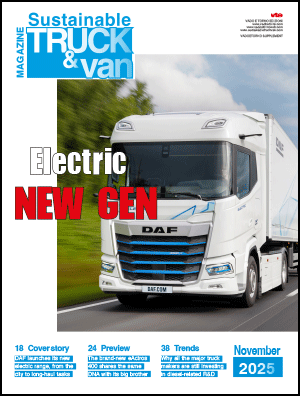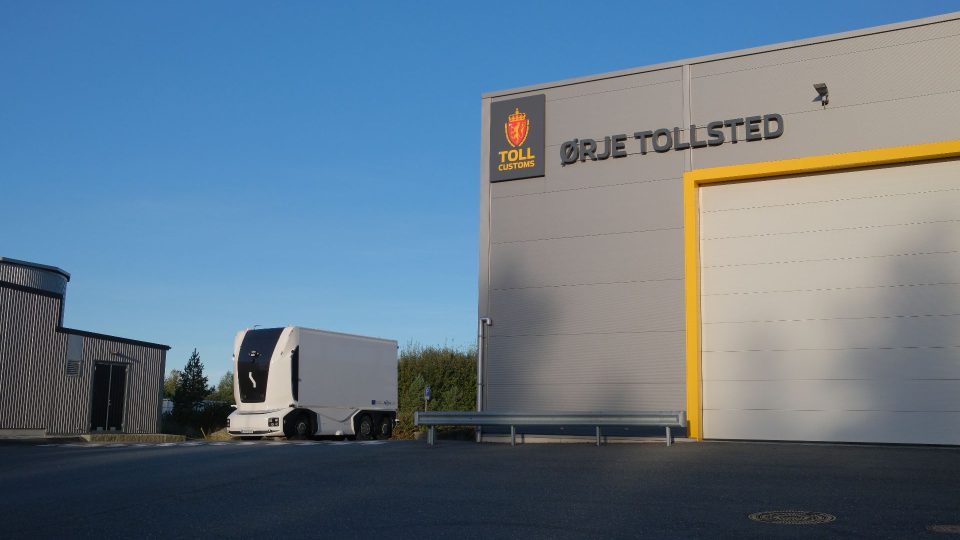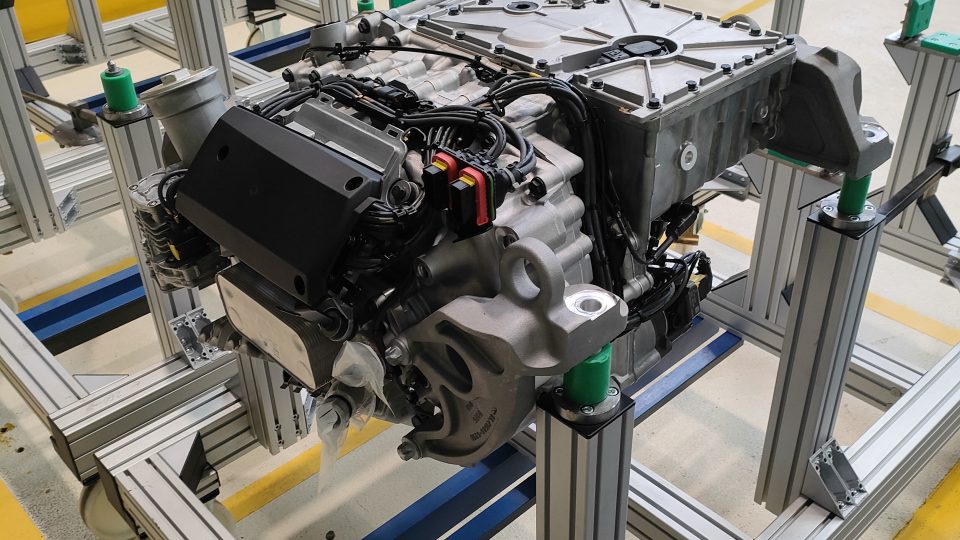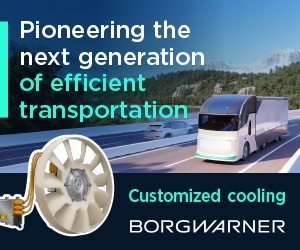Volvo Trucks further improves aerodynamics of its renown trucks (also electric)
The new features will become available for customers looking for the latest in fuel efficient heavy transport, offered in various combinations on the Volvo FH, FH Aero and FM truck models, regardless of their technology: either electric, diesel or gas-powered trucks can benefit from the new features.
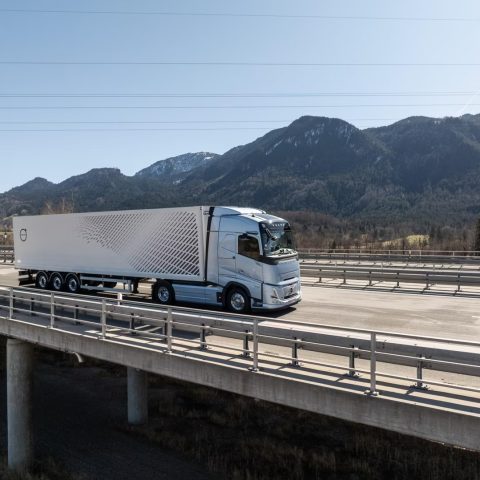
Volvo Trucks introduces new aerodynamic improvements by applying a proven concept from the aerospace industry to its heavy-duty trucks. Indeed, the Swedish truckmaker highly improved vehicle aerodynamics last year when introducing the Aero truck models.
Volvo is working a lot on aerodynamics
According to Volvo, “cab airflow stabilizers, extended air deflectors and modified chassis fairings are discreet but powerful modifications that make a real difference for aerodynamics. This means that range, fuel consumption and carbon emissions can be improved by up to 2% on top of already achieved efficiencies. This means that the Volvo FH Aero with the aerodynamic improvements can deliver up to 7% better fuel efficiency versus the regular Volvo FH it replaced”. The most significant addition is thecab airflow stabilizers located on the cab’s upper corners beside the windshield. Using a carefully designed pattern consisting of small oblique vanes, the stabilizers control how the air flows around the cab’s corners.
The new features will become available for customers looking for the latest in fuel efficient heavy transport, offered in various combinations on the Volvo FH, FH Aero and FM truck models. “All the time spent in simulations and in the wind tunnel has paid off – with these new changes to the cab, we add further to the great improvements in aerodynamics from last year, which will benefit our customers”, says Jan Hjelmgren, Head of Product Management, Volvo Trucks (here’s our recent interview with Mr Hjelmgren).



